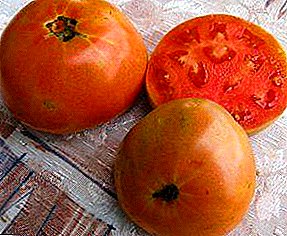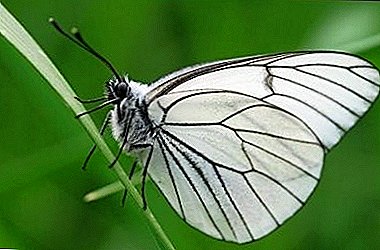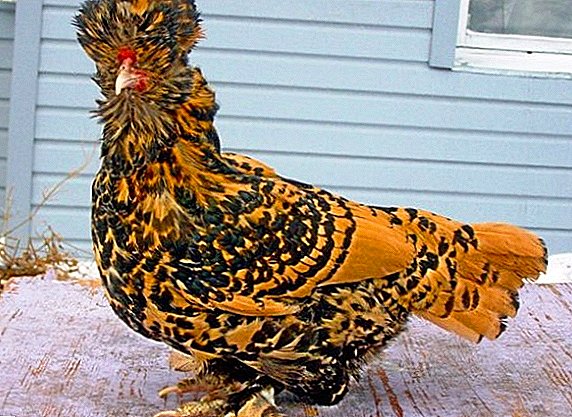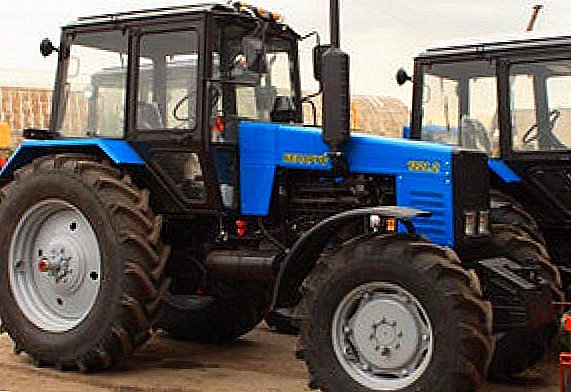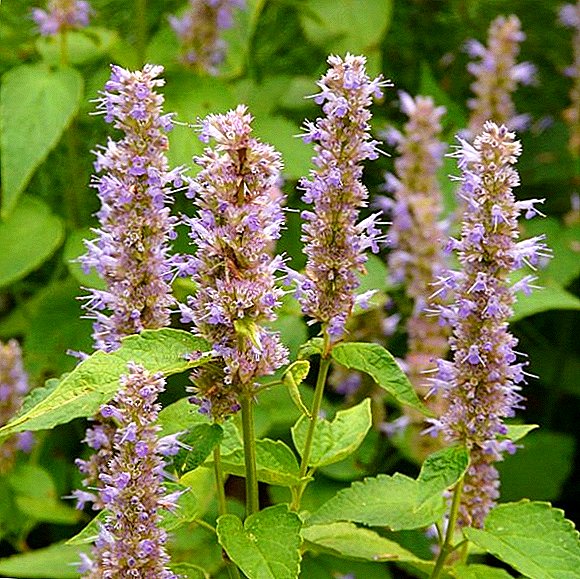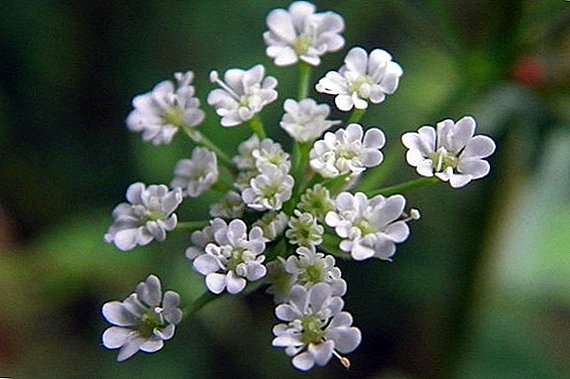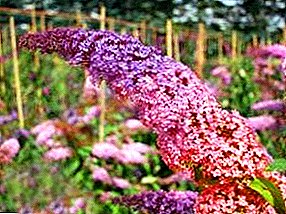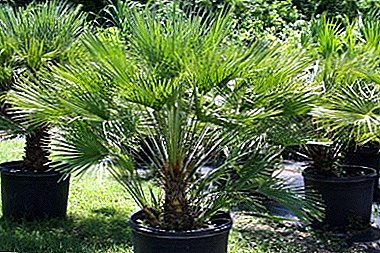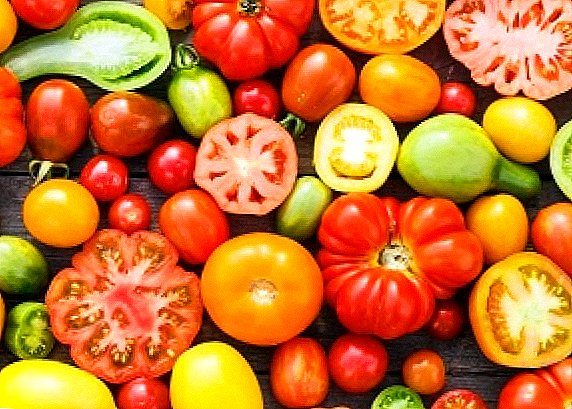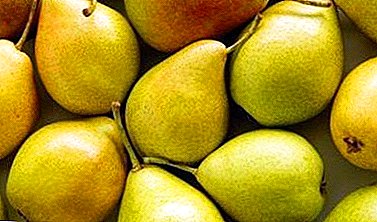
Many are looking forward to the arrival of sunny summer days.
For gardeners and gardeners, this is also a reason to try out the favorite fruits grown on their land.
Many breeders strive to create early ripening varieties of fruit trees. One of these is the pear variety "Lada" - a description of the variety, planting technique, pollinators for pears and a photo below.
What kind is it?
Skoroplodny grade with high productivity and resistance to scab. Fruits of universal purpose, suitable for processing and for fresh consumption.
When the pear tree “Lada” ripens and when to harvest? The terms of ripening pear "Lada" are early summer, its fruits before all will delight you with juicy and tasty fruits.
Fruits keep firmly on the stalk and are not prone to shedding, therefore, harvesting Lada pears is possible in mid-September, as soon as they become amber-golden in color and a blush appears.
Among the summer varieties should pay attention to the Cathedral, Victoria, Krasnobokuyu and Lyubimitsu Yakovlev.
Breeding history and breeding region
 The variety has a recent history and owes its birth to the Agricultural Academy, which is located in Moscow. Employees received a new look, by crossing two varieties "Forest Beauty" and "Olga".
The variety has a recent history and owes its birth to the Agricultural Academy, which is located in Moscow. Employees received a new look, by crossing two varieties "Forest Beauty" and "Olga".
The characteristics of the resulting tree exceeded expectations in their performance. Since 1993, the Lada variety has been recorded in the state register.
Received widespread in the Moscow region, and is also actively grown in Central, Volga and Central Black Earth regions.
Also in these regions, varieties are successfully grown: Bere Russkaya, Skorospelka from Michurinsk, Tikhiy Don and Orlovskaya Beauty.
Pear variety "Lada" its full description and photo of the fruit later in the article.
Pear "Lada": description of the variety and photos
The height of an adult pear tree "Lada" reaches medium size with a small density of crown and foliage. Young seedlings differ from mature trees in the funnel-shaped crown, which becomes pyramidal with age.
The main stem of the trunk is gray, while the skeletal branches are lighter. The shoots are long, with a pronounced brown tinge, a slight curvature, the cross section is rounded. Short sections of the stem in internodes and relatively small thickness of shoots. Chechevichek on the trunk a bit and they are not very pronounced.
The shape of the leaves is pointed, ovate-elongated. The surface of the sheet is shiny matt, while the back side is more matte and rough. The sheet plate itself is of medium thickness and very elastic.
 Vegetative buds in the form of a cone, slightly pointed and elongated at the end. Over the course of time, the most round and deviated bud begins to develop corymbose inflorescences.
Vegetative buds in the form of a cone, slightly pointed and elongated at the end. Over the course of time, the most round and deviated bud begins to develop corymbose inflorescences.
Usually they have 5-7 buds, consisting of large flowers, whole petals and a bright corolla.
Fruits do not differ in large size, their maximum weight is about 120 g. The shape of the fruit is beautiful, typical of most pears.
Smooth and thin skin has a light yellow color with a delicate red blush.
Typical subcutaneous points are almost invisible. The rust is weak, barely perceptible only at the base of the stem. The funnel is absent, the stem is short and medium in thickness. The fruit has 5-7 brown, medium sized seeds.
The light yellow flesh of the fruit has a loose structure and an average juice content. The taste is sweet with a slight sourness, without a strong aroma. Fruit tastes are high, average score of about 4.7 points.
Characteristics of the properties of pear Lada variety:
| Composition | amount |
|---|---|
| Sugar | 7,5% |
| Titrated acids | 0,25% |
| Dry matter | 15,5% |
| Soluble substances | more than 7.5% |
For more information about the variety and see the pears "Lada" can be in the photo below:



Specifications
"Lada" is considered samoplodnym grade.
The best pollinators for him are Rogneda, Severyanka, Chizhovskaya, Cosmic and Otradnenskaya.
 The presence of any of these varieties at the site significantly increases the yield and quality of the fruit.
The presence of any of these varieties at the site significantly increases the yield and quality of the fruit.
Variety "Lada" is considered skoroplodnysince already for 2-4 years after planting is able to bring a good harvest.
Mature tree with proper care and regular pruning on average brings about 50 kg of pears every year.
High yields bring such varieties of pears: Hera, Noyabrskaya, In memory of Zhegalov and Yakovlevskaya.
REFERENCE: A very low transportability during transportation and the impossibility of long storage can be attributed to a clear lack of variety.
Winter hardiness varieties at a high level. Trees in winter you can not even coversince it is not required at all. Given the overall thermophilicity of this culture, such resistance to low temperatures is rare.
The winter-hardy varieties include pears: Sverdlovchanka, Fairy Tale, Uralochka and Svarog.
Planting and care
When planting seedlings must take into account the time of year. Ideal if you plant a young tree in the spring. It is not recommended to plant in the autumn, because of possible weak rooting in the autumn-winter period.
ATTENTION: Seedlings purchased in nurseries should not be older than two years. In the opposite case, root survival sharply decreases.
 The variety is not very whimsical to the choice of soil, therefore, distributed almost everywhere. But the most favorable soils for growing "Lada" are black earth, forest and loamy.
The variety is not very whimsical to the choice of soil, therefore, distributed almost everywhere. But the most favorable soils for growing "Lada" are black earth, forest and loamy.
Before planting, organic fertilizers should be applied to the pit, such as compost, potassium salt and superphosphateand then loosen the soil well.
The dimensions of the pit should somewhat exceed the size of the rhizome, so that the plant is freely located during planting. The approximate dimensions of the pit 70x100, respectively, the depth and diameter.
REFERENCE: For the formation of a smooth and regular crown, next to the seedling drive a stake, which should protrude from the ground by 60 cm.
The root neck when planting must necessarily look at 5-7 cm, and root shoots are neatly straightened and sprinkled with the ground in which the seedlings were grown.
At the final stage, the ground around the tree is compacted and watered abundantly. Around it is necessary to pour a little manure or humus. After all that has been done, the trunk of the tree should be carefully tied to a peg previously dug in.
The tree should often be watered only during periods of prolonged drought, because too frequent watering can damage the root system and cause various diseases. Up to the complete destruction of the plant. Watering should be carried out abundantly, two or three buckets of water under one tree.
 In the spring, after wintering the plant, it is necessary to feed it with nitrogen fertilizers.. This should be done after the snow melts and the weather is dry.
In the spring, after wintering the plant, it is necessary to feed it with nitrogen fertilizers.. This should be done after the snow melts and the weather is dry.
Dry or damaged branches that form after the winter period are removed. The stem part of the stem is processed mainly with iron oxide or lime.
In the fall, mineral fertilizers are best suited.that contribute in October. The period of hibernation also requires care. It is necessary to ensure that during the thaw the sleet does not stick to the branches.
The severity of the snowy icy cover can easily break thin branches. Shelter trunk for the winter is not required this type of pear, because of his high frost resistance.
REFERENCE: In the first year of fruiting, the excess young ovaries must be thinned to form the correct tree crown.
Pear cutting is done twice a year, in spring and autumn. Extra branches are removed completely, shortened too long with a sharp pruner to cause the tree as little damage as possible.
Places of cuts are processed with special garden putty.
Diseases and pests
Pear varieties "Lada" has a strong resistance to such fungal diseases as scab.
Resistant to scab have Kupava, Ilyinka, Karataevskaya and Elegant Efimova.
It will be right to start the pest control of a pear before sap flow begins in the spring.
Dissolve 700g of urea in one bucket of water and process the trunk and soil around the tree.
 This procedure will destroy all the pests that have successfully survived the winter on the tree.
This procedure will destroy all the pests that have successfully survived the winter on the tree.
But if the wood is treated with this solution later, the buds will swell.
Such common diseases as //selo.guru/ptitsa/bolezni-p/gribkovye/parsha.html, bacterial burn, fruit rot, powdery mildew, rust are easier to prevent than to cure.
Basic rules for disease control:
- Spray the tree three times during the period from the start of bud break to the end of fruiting, regardless of the presence of the disease.
- Timely utilization of fallen leaves and weed removal.
- Avoid excessive aridity or excessive moisture of the soil.
Variety of pears "Lada" is sufficiently resistant to all the listed diseases, especially scab. But the use of additional protection measures would be useful.
Pear pests: gall mite, brawler, hawthorn, miner moth, aphid, winter moth, goldfinder, scythe, apple tree beetle.
Basic rules for pest control:
- Especially effective planned treatment with special agents against parasites.
- Obligatory removal of weeds that are pests.
- Careful regular inspection of the trunk, branches and leaves on the tree.
 Simple care and unpretentiousness of this type of pear give the opportunity to grow "Lada" in almost all regions.
Simple care and unpretentiousness of this type of pear give the opportunity to grow "Lada" in almost all regions.
The undoubted advantages of a pear are its unpretentiousness, frost resistance and, of course, the excellent taste of ripe fruits.


